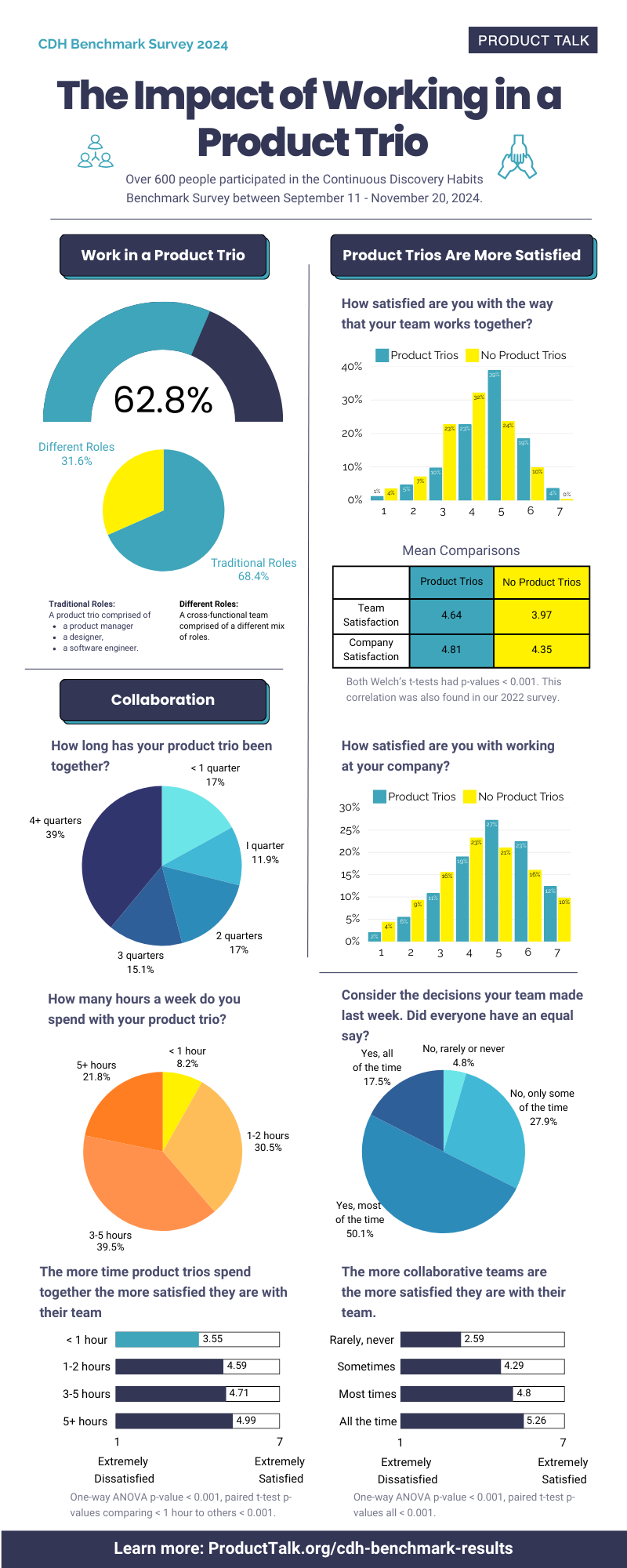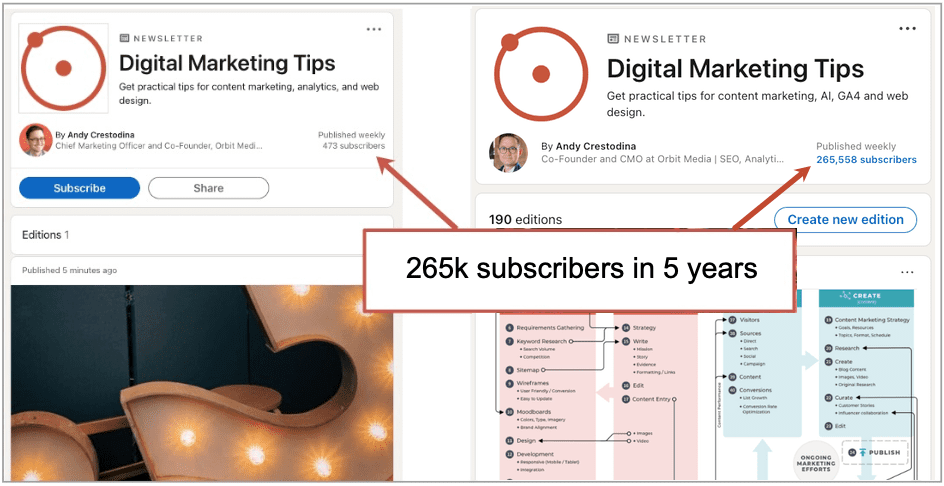How AI is disrupting the VC and startup ecosystem
The startup playbook that built Uber, Airbnb, and DoorDash is becoming obsolete in real-time. As AI compresses jobs that once required hundreds of employees into algorithms, we’re witnessing the birth of a new company archetype—capital-efficient, immediately profitable, and surprisingly small. With a variety of software to use for all aspects of building a business—from Shopify for e-commerce to Stripe for payments—and low operating costs, innovation just keeps making everything that much more efficient. Advancements in AI are turbocharging this even further. Now, companies not only need less software and less capital for solutions to get off the ground, but they also simply need fewer people. From marketing to design to data management, AI can perform and accelerate many processes that take place in a growing company. Whether it’s automating website copy and social posts, assisting with interface and ad design, or even processing data sets to inform strategic decisions, many are already using AI to do this and more. This means it now takes the least amount of money it ever has to grow and scale a company. As a result, revenue scale is being achieved with the fewest number of employees ever and profitability is soon to follow suit. Acquisitions and IPOs are out of date Starting a company the “old” way was coming up with an innovative idea, followed by creating a minimal viable product and getting users. Raising venture capital to fund additional growth was the traditional next step, with ownership of the company being diluted every step of the way as new and necessary capital came in in which was needed to reach true scale. An ideal outcome would then be an exit through an acquisition or an IPO, but the odds are actually often against the company in that instance. In fact, only 1–1.5 percent of companies actually reach a “good exit” within the first five years. And when they do exit, the team’s ownership has often been so diluted that their stake in a $100M sale could be less than if they raised just a few million and sold for $25M. Sometimes, consistently batting singles and doubles is better than trying to swing for home runs. The $100M company with one employee More and more stories like this are surfacing. Companies are reevaluating the need for venture capital and how much, if any, money to raise. There’s a lot of talk about the first $100M revenue company with just one employee because of AI, and we’re getting closer to that every day. In general, companies utilizing AI to its maximum potential are proving to be extremely efficient in terms of revenue per employee, because there is less needed to achieve the same growth trajectories. The best case study for this may be Midjourney, a company which has raised no outside capital at all but was last projected to be valued at more than $10B, in 2023, if they were to go out and fundraise—a number that is likely even higher now given the company’s continued growth. Because it’s easier than it’s ever been to start, grow, scale, and become profitable, the question now is, How much money companies should be raising? When there’s so many more viable options, some have begun to wonder why raise money at all. New forms of financing All of this raises another fundamental question: What does this mean for the future of the tech ecosystem? The new normal may become financing through debt. If companies can turn a profit sooner than ever and the ability to get there requires far fewer employees, there are a lot more financing options for EBITDA-positive companies, including raising debt from banks, which is relatively inexpensive, or securing financing using revenue as the collateral. Because raising money from VCs requires diluting ownership and answering to shareholders, it is far and away the most expensive capital a company can find. If there’s a world where capital can just come from debt, companies will get the best of both worlds: scaling the business on their terms while retaining ownership the entire way. This is likely going to be one of the most popular options in the AI-first era. Disrupting the conventional VC model VCs, meanwhile, will have to adapt their approach to adjust for a world in which their capital is simply less interesting to a company. Traditionally, their model is to get outsized returns from a handful of investments, which offsets the losses from the majority of the investments that don’t return anything. VCs usually do this by investing and gaining significant ownership stakes in companies over time, reinvesting in round after round of the “winners” in their portfolio. These companies historically have come back for more capital because that was the way it was always done. That looks a lot different now when the companies they want to invest in only need to raise very little capital and in turn they don’t get the ownership stake they need to generate those outsized returns. To keep up, VCs

The startup playbook that built Uber, Airbnb, and DoorDash is becoming obsolete in real-time. As AI compresses jobs that once required hundreds of employees into algorithms, we’re witnessing the birth of a new company archetype—capital-efficient, immediately profitable, and surprisingly small. With a variety of software to use for all aspects of building a business—from Shopify for e-commerce to Stripe for payments—and low operating costs, innovation just keeps making everything that much more efficient.
Advancements in AI are turbocharging this even further. Now, companies not only need less software and less capital for solutions to get off the ground, but they also simply need fewer people. From marketing to design to data management, AI can perform and accelerate many processes that take place in a growing company. Whether it’s automating website copy and social posts, assisting with interface and ad design, or even processing data sets to inform strategic decisions, many are already using AI to do this and more.
This means it now takes the least amount of money it ever has to grow and scale a company. As a result, revenue scale is being achieved with the fewest number of employees ever and profitability is soon to follow suit.
Acquisitions and IPOs are out of date
Starting a company the “old” way was coming up with an innovative idea, followed by creating a minimal viable product and getting users. Raising venture capital to fund additional growth was the traditional next step, with ownership of the company being diluted every step of the way as new and necessary capital came in in which was needed to reach true scale. An ideal outcome would then be an exit through an acquisition or an IPO, but the odds are actually often against the company in that instance.
In fact, only 1–1.5 percent of companies actually reach a “good exit” within the first five years. And when they do exit, the team’s ownership has often been so diluted that their stake in a $100M sale could be less than if they raised just a few million and sold for $25M. Sometimes, consistently batting singles and doubles is better than trying to swing for home runs.
The $100M company with one employee
More and more stories like this are surfacing. Companies are reevaluating the need for venture capital and how much, if any, money to raise. There’s a lot of talk about the first $100M revenue company with just one employee because of AI, and we’re getting closer to that every day.
In general, companies utilizing AI to its maximum potential are proving to be extremely efficient in terms of revenue per employee, because there is less needed to achieve the same growth trajectories. The best case study for this may be Midjourney, a company which has raised no outside capital at all but was last projected to be valued at more than $10B, in 2023, if they were to go out and fundraise—a number that is likely even higher now given the company’s continued growth.
Because it’s easier than it’s ever been to start, grow, scale, and become profitable, the question now is, How much money companies should be raising? When there’s so many more viable options, some have begun to wonder why raise money at all.
New forms of financing
All of this raises another fundamental question: What does this mean for the future of the tech ecosystem?
The new normal may become financing through debt. If companies can turn a profit sooner than ever and the ability to get there requires far fewer employees, there are a lot more financing options for EBITDA-positive companies, including raising debt from banks, which is relatively inexpensive, or securing financing using revenue as the collateral.
Because raising money from VCs requires diluting ownership and answering to shareholders, it is far and away the most expensive capital a company can find. If there’s a world where capital can just come from debt, companies will get the best of both worlds: scaling the business on their terms while retaining ownership the entire way. This is likely going to be one of the most popular options in the AI-first era.
Disrupting the conventional VC model
VCs, meanwhile, will have to adapt their approach to adjust for a world in which their capital is simply less interesting to a company. Traditionally, their model is to get outsized returns from a handful of investments, which offsets the losses from the majority of the investments that don’t return anything.
VCs usually do this by investing and gaining significant ownership stakes in companies over time, reinvesting in round after round of the “winners” in their portfolio. These companies historically have come back for more capital because that was the way it was always done. That looks a lot different now when the companies they want to invest in only need to raise very little capital and in turn they don’t get the ownership stake they need to generate those outsized returns.
To keep up, VCs can look to new models and find companies outside of their normal view. It may look a bit less like software, and more like service-based companies that they previously avoided. These businesses are still ripe for disruption and have the potential to experience a dramatic lift from incorporating new technology—specifically AI—into the mix. Investing in these types of businesses gives VCs the chance to capture the traditional types of returns over time, even if it starts to look more like private equity. The model becomes less about picking a handful of big winners, and more about ensuring that the majority of the companies they invest in are successful, even if just modestly.
An existential question
The next decade won’t just transform what startups build, but it will fundamentally reinvent how they’re built. The companies that thrive won’t necessarily be the ones with the most capital, but those that strategically deploy technology to maximize impact with minimal overhead. For companies and investors alike, adapting isn’t optional—it’s existential.



























































































![Building A Digital PR Strategy: 10 Essential Steps for Beginners [With Examples]](https://buzzsumo.com/wp-content/uploads/2023/09/Building-A-Digital-PR-Strategy-10-Essential-Steps-for-Beginners-With-Examples-bblog-masthead.jpg)
































